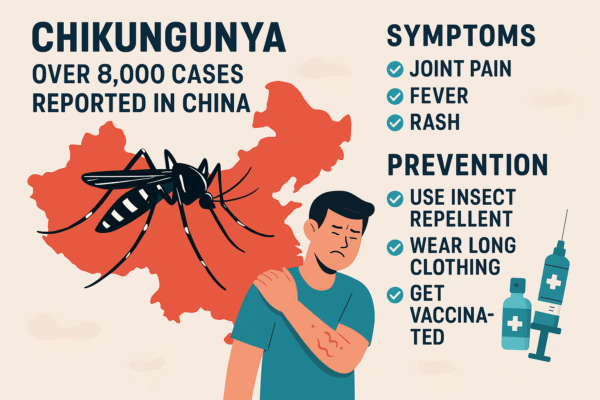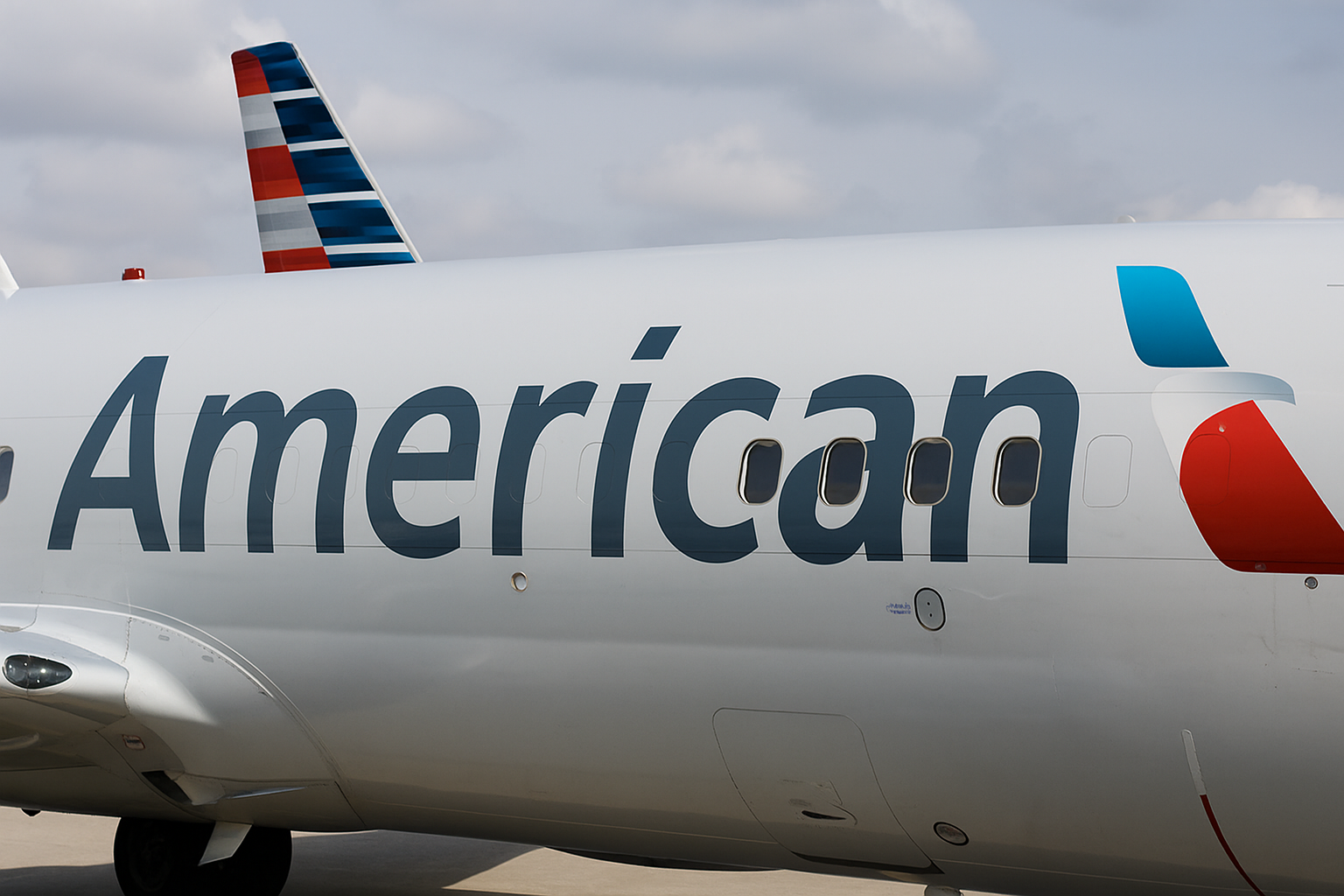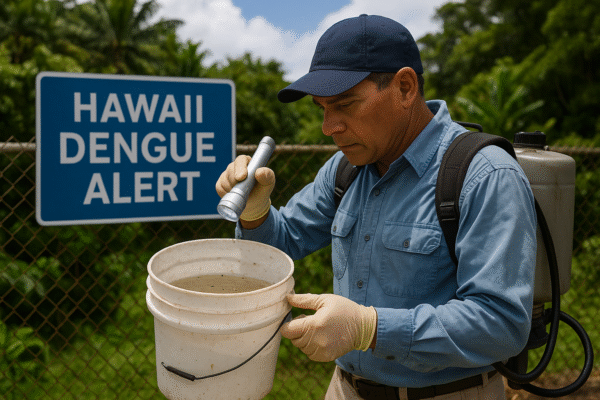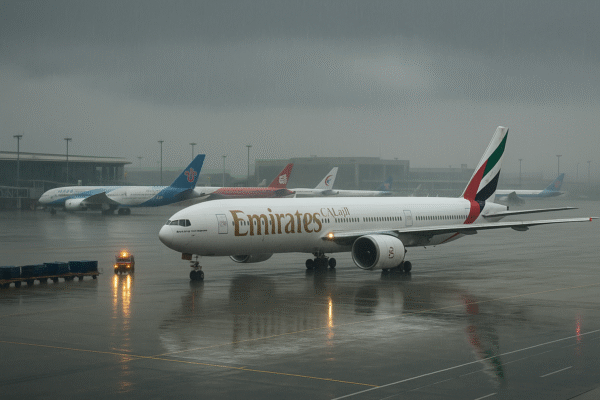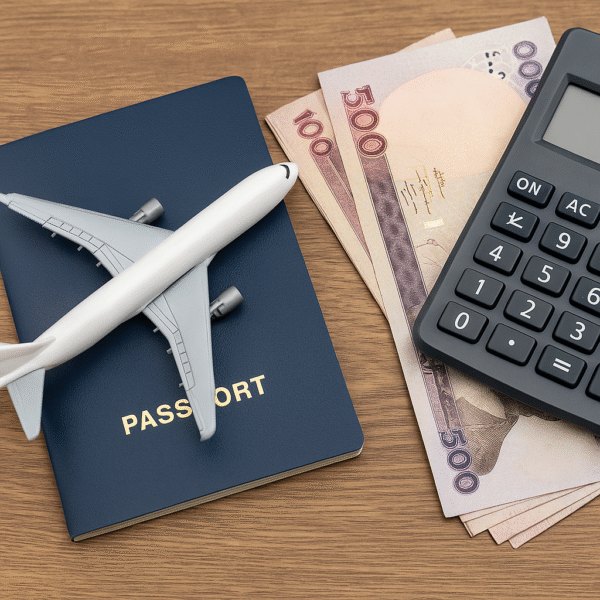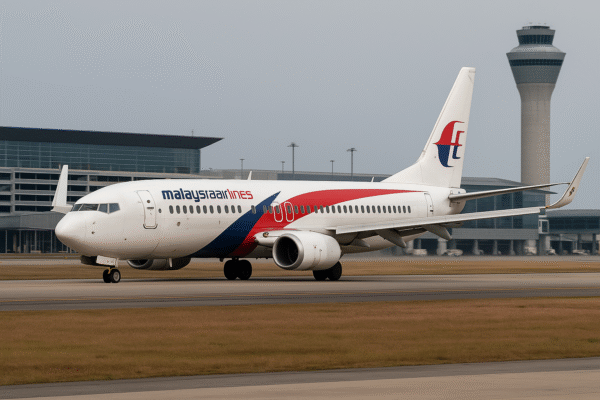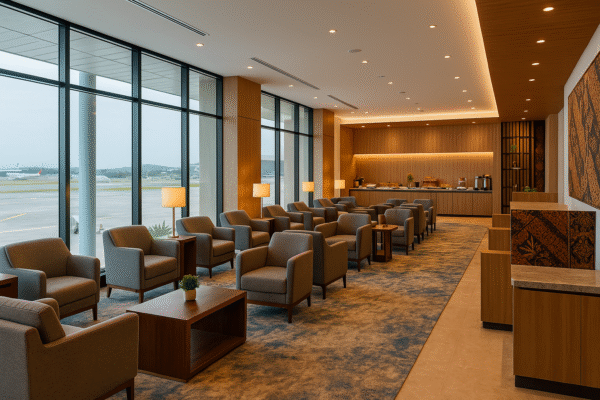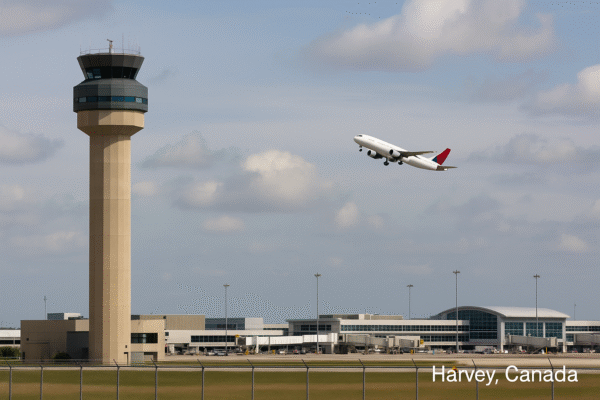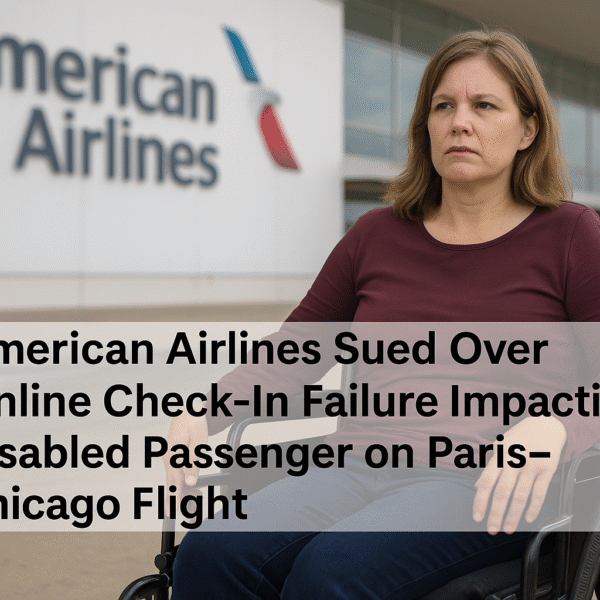Canada’s emergence as one of the world’s must-visit travel destinations is placing unprecedented pressure on its aviation network, and the picturesque region of Harvey is feeling the strain more than most. While the number of airlines serving Canadian skies has grown, that alone hasn’t delivered the seamless, affordable, and reliable air travel visitors expect. Instead, travelers are finding that the nation’s aging runways, overcrowded terminals, and outdated air traffic systems are threatening to ground the momentum of Canada’s tourism boom.
In Harvey, a growing tourism hub celebrated for its scenic lakes, cultural festivals, and proximity to iconic Canadian wilderness, the situation is particularly acute. The region’s airport facilities are struggling to keep pace with rising passenger numbers, and aviation experts warn that without major infrastructure reforms, the arrival of new airlines will be a temporary fix at best.
Harvey’s Infrastructure Strain Amid Tourism Surge
The Harvey region has seen a surge in domestic and international visitors, thanks in part to marketing campaigns from Destination Canada and the Canadian Tourism Commission promoting authentic local experiences. Air travel is the lifeline of this growth — but Harvey’s airport infrastructure has not kept up.
Small and medium-sized airports in Canada often lack modern baggage systems, sufficient gates, or extended runways to accommodate larger aircraft. In Harvey, this translates to longer wait times, frequent delays, and missed connections — a serious drawback for tourists who plan multi-city itineraries.
Even with increased competition among carriers, such as the entry of low-cost airlines into the Canadian market, operational bottlenecks remain. Travelers may see cheaper tickets, but without better facilities, their journey risks becoming less comfortable and less reliable.
Why More Airlines Alone Won’t Solve Canada’s Air Travel Woes
Bringing more airlines into the market is often touted as the quickest way to lower fares and give travelers more choice. While competition can indeed make certain routes more affordable, it doesn’t address core limitations in Canada’s aviation infrastructure.
For Harvey, the challenges go beyond the price of a ticket:
- Runway capacity is near its operational limit during peak travel seasons.
- Air traffic control systems are aging and less efficient than those in other G7 nations.
- Terminal congestion affects both departing and arriving passengers, impacting baggage handling and security processing times.
Without targeted investments in these areas, new carriers will face the same constraints as existing ones, limiting their ability to expand routes and maintain schedules.
The Role of Regulatory Reform in Canada’s Aviation Sector
Another factor slowing aviation progress is Canada’s complex regulatory framework. Industry insiders note that some rules governing airport operations, security procedures, and airline licensing are outdated, adding unnecessary costs and delays.
In Harvey, streamlined regulations could make a major difference — allowing regional airports to expand services more quickly, adopt new technologies like automated boarding gates, and coordinate better with customs agencies to process international passengers faster.
Aviation experts, including the National Airlines Council of Canada, have called on Ottawa to modernise air traffic management systems and adopt more flexible slot allocation policies, ensuring airports can adapt quickly to seasonal demand surges common in tourism-driven regions like Harvey.
Tourism Growth Requires Holistic Aviation Investment
For Harvey to sustain its tourism momentum, Canada needs to adopt a holistic aviation strategy that integrates:
- Infrastructure Upgrades — Expanding terminals, modernising baggage handling, and extending runways to accommodate larger aircraft.
- Technological Modernisation — Investing in advanced air traffic control systems and biometric boarding to speed up passenger flow.
- Sustainable Practices — Incorporating green building designs and renewable energy into airport upgrades to align with Canada’s climate goals.
- Regulatory Simplification — Streamlining security and customs procedures to make Canada’s airports more competitive globally.
Such measures would not only benefit Harvey but also boost the entire Canadian tourism economy, which contributed $41.2 billion in GDP in 2023 according to Statistics Canada.
The Risks of Ignoring Aviation Infrastructure Needs
If Canada continues to focus solely on airline competition without improving infrastructure, the risks are clear:
- Reduced tourism satisfaction, leading to fewer repeat visitors.
- Flight delays and cancellations due to inadequate runway and gate capacity.
- Lost economic opportunities as international carriers choose more efficient hub airports in competing destinations.
Harvey’s local tourism operators have already voiced concerns that continued infrastructure delays could erode the region’s reputation as a smooth-access travel destination. This sentiment echoes across Canada, where provincial tourism boards warn that bottlenecks could limit the country’s ability to compete for major events, such as conferences and sports tournaments.
Moving Forward: Building an Aviation System Fit for the Future
Canada’s aviation future — and Harvey’s role within it — depends on moving beyond quick fixes. A coordinated approach between Transport Canada, provincial governments, airport authorities, and private investors is essential.
By upgrading infrastructure, modernising regulations, and embracing technological innovation, Harvey can transform from a tourism gem with access challenges into a model for regional airport excellence. Visitors would enjoy faster processing, more direct flights, and fewer delays — key factors in encouraging repeat travel.
For more travel news like this, keep reading Global Travel Wire




